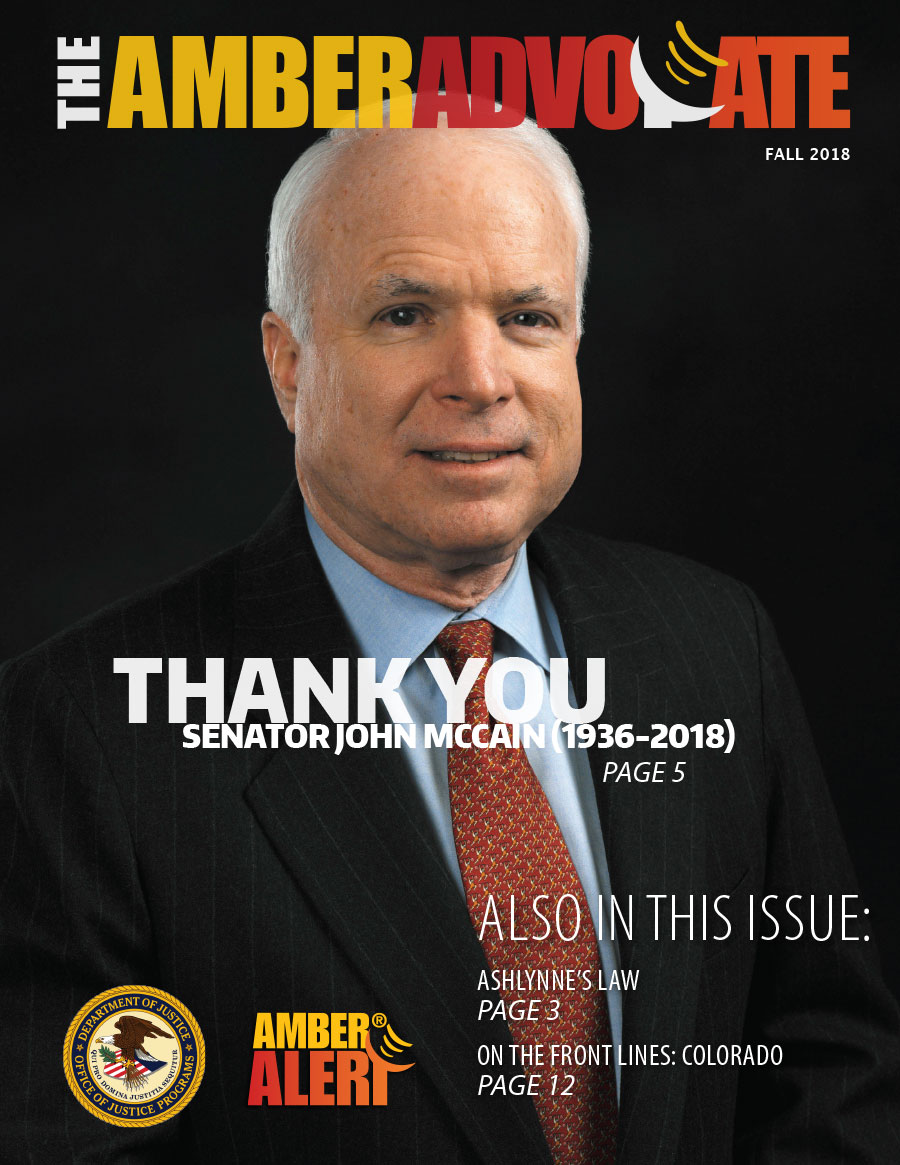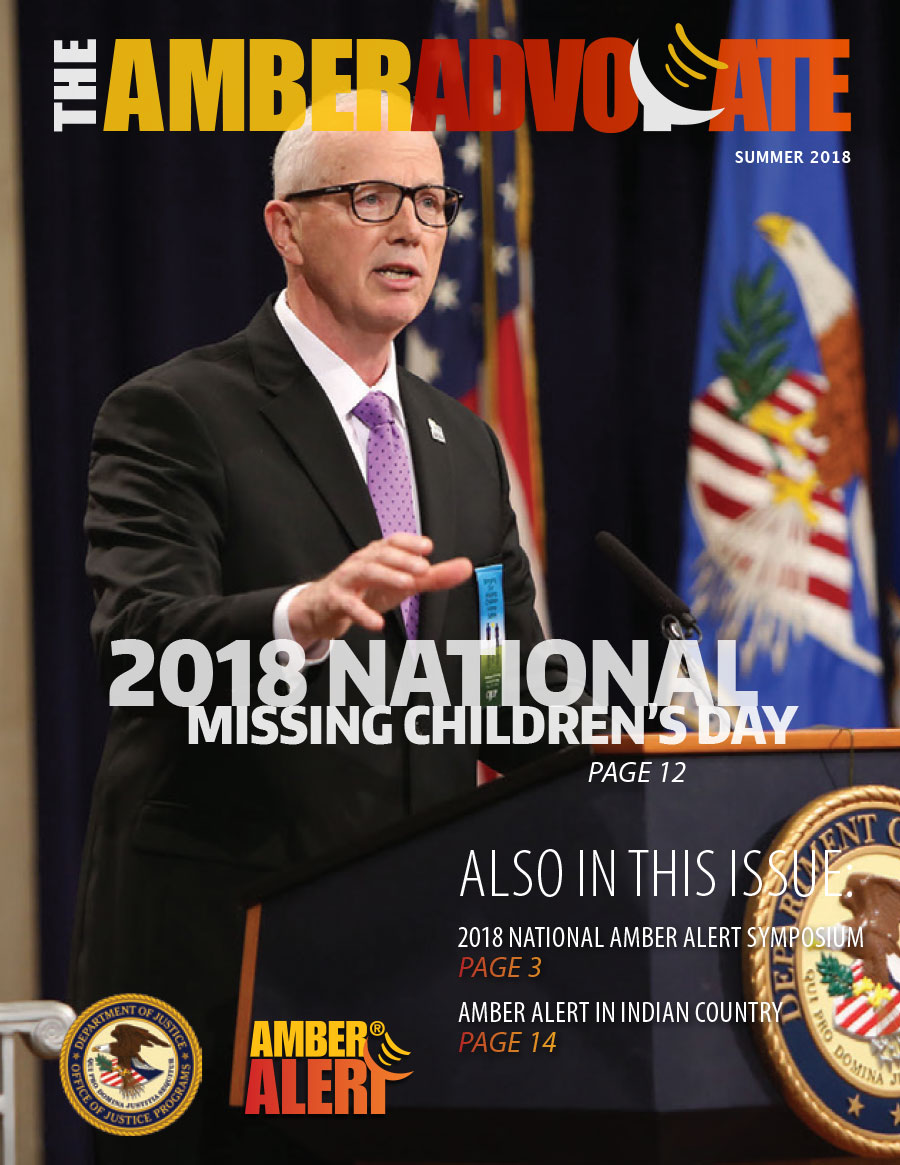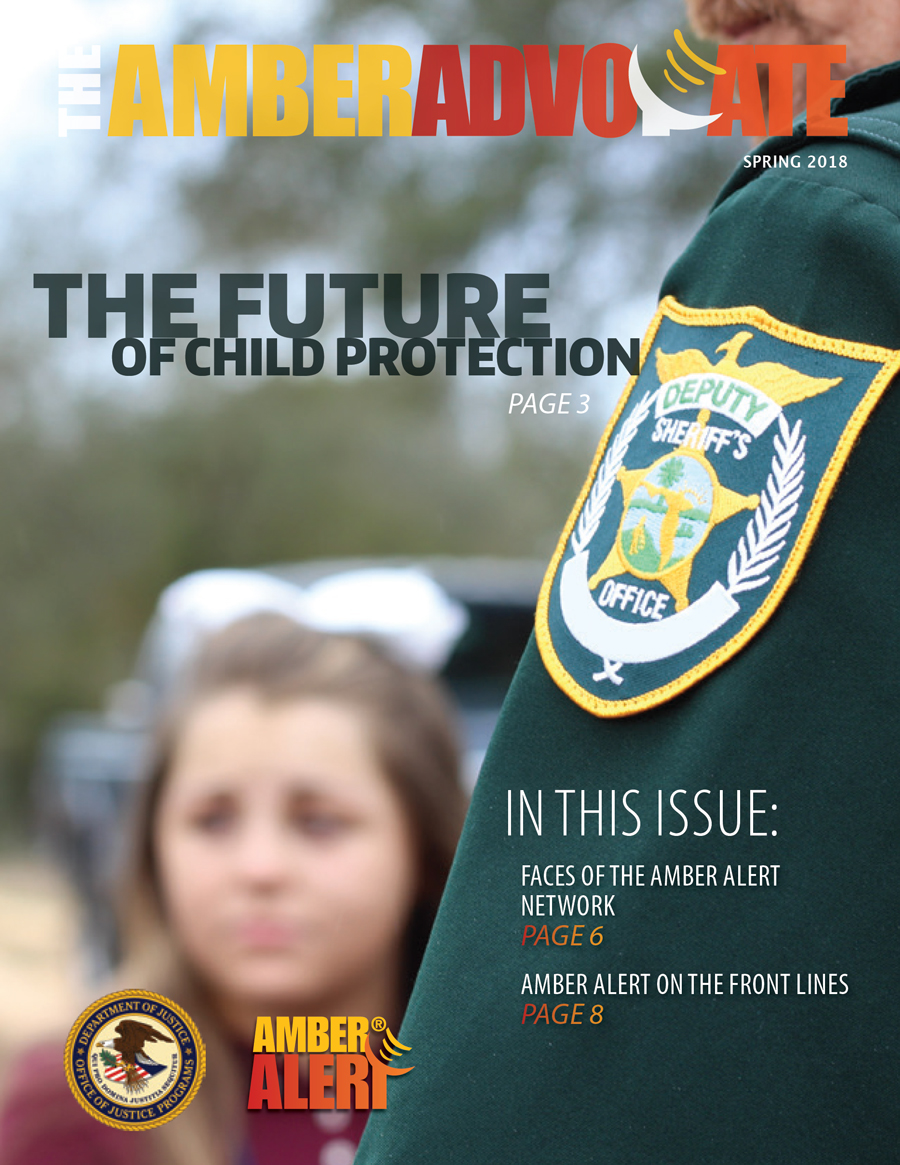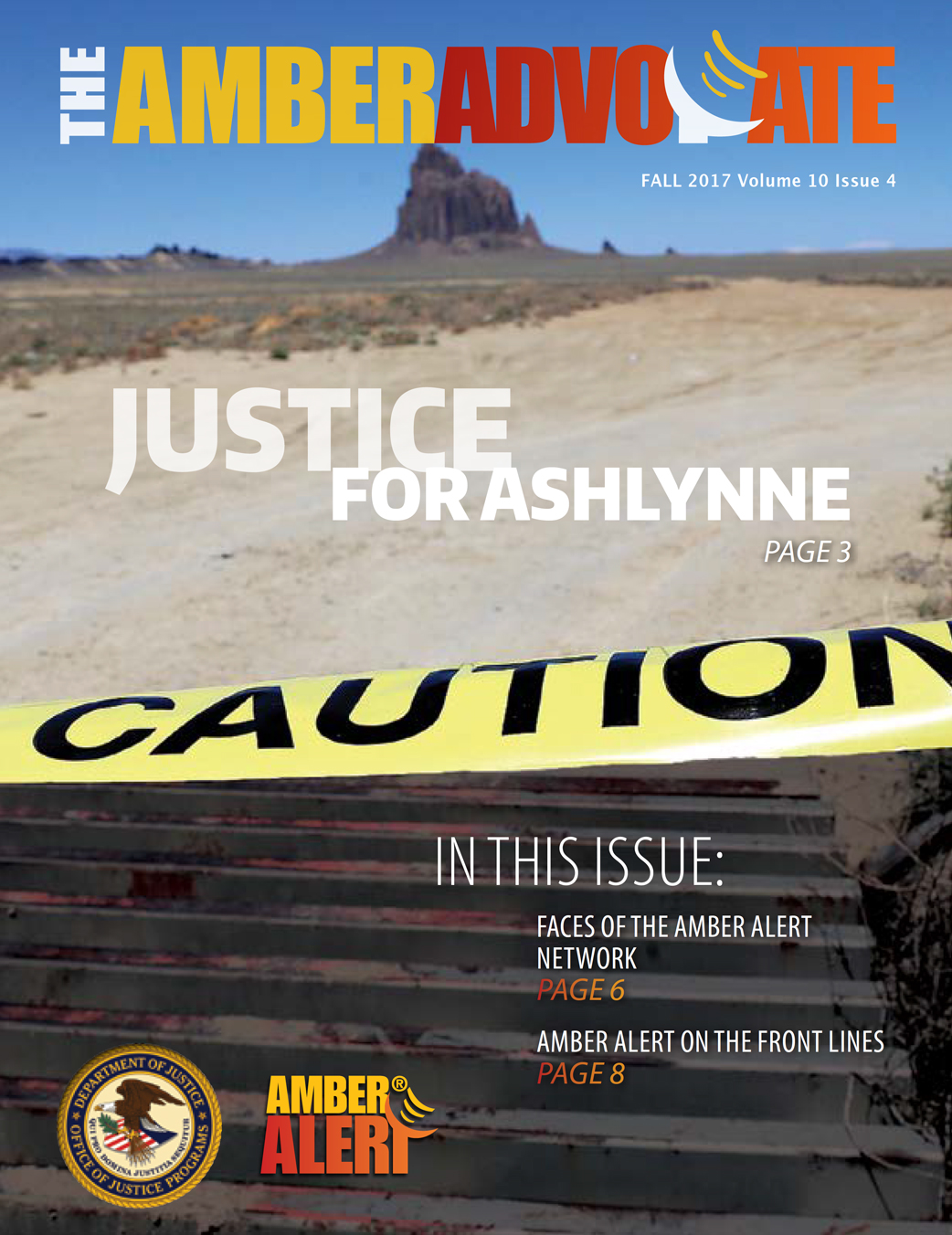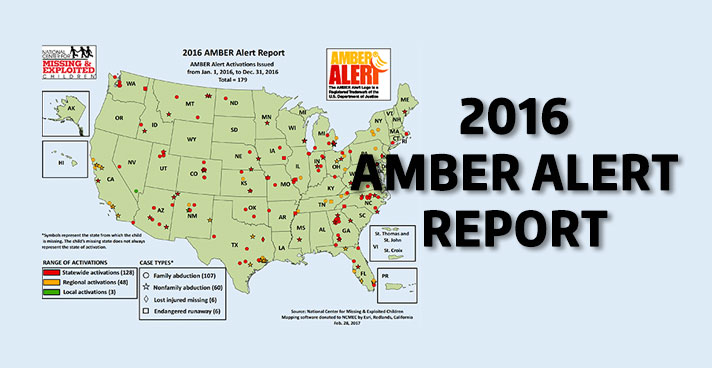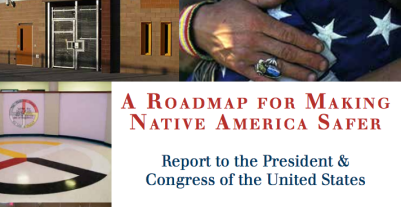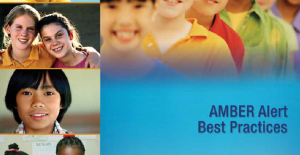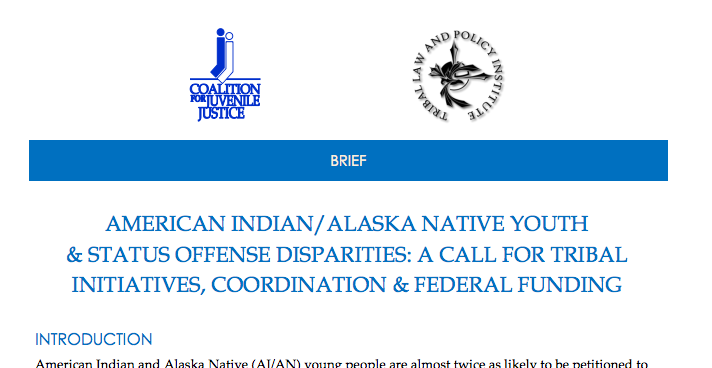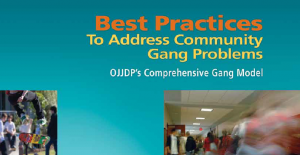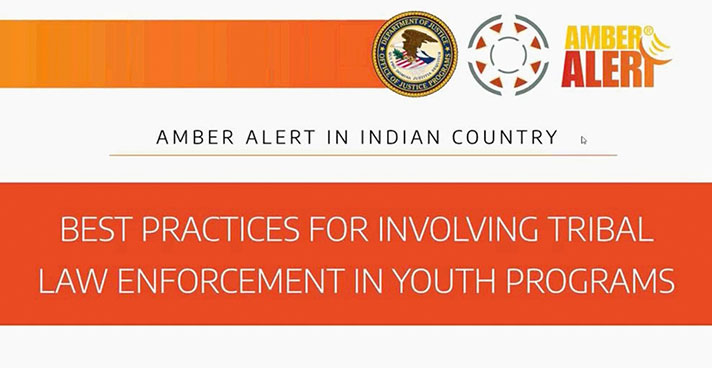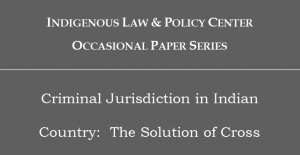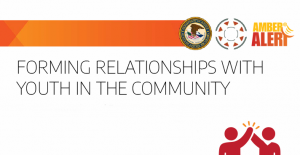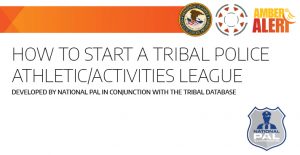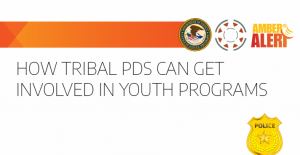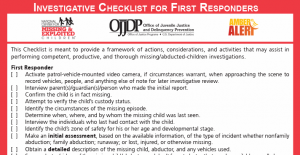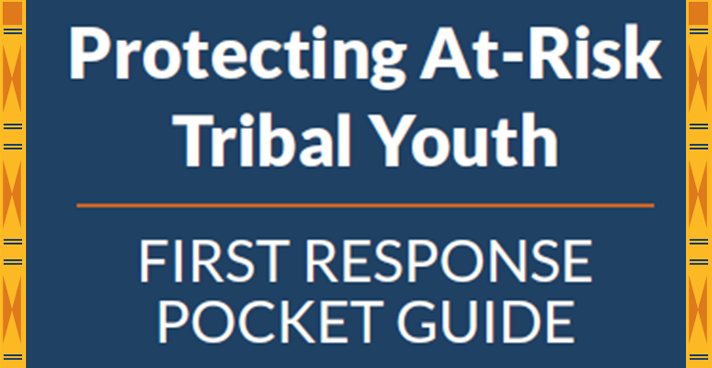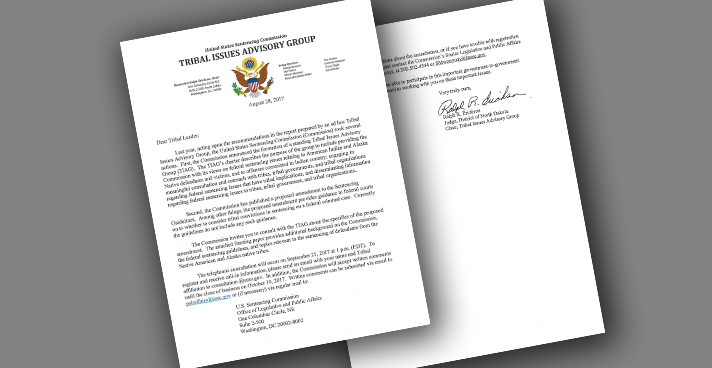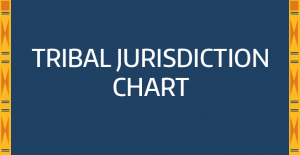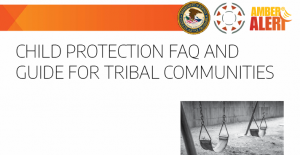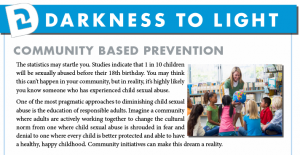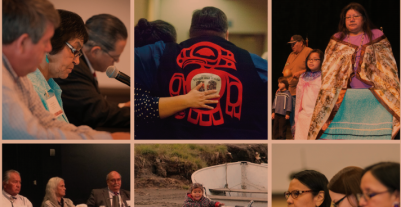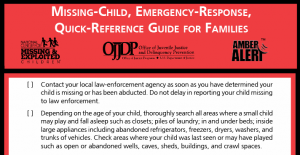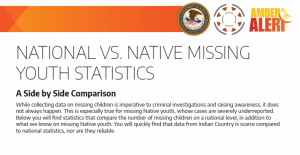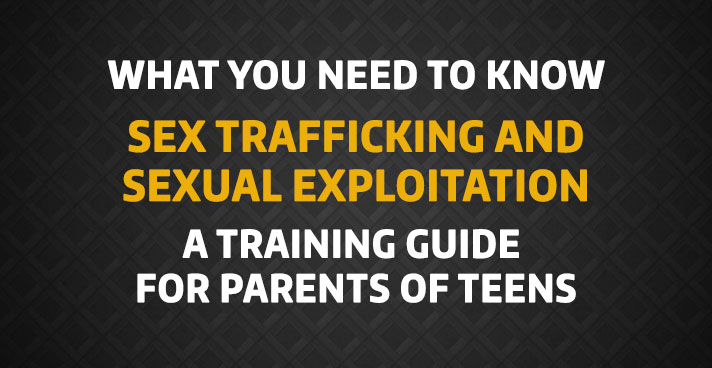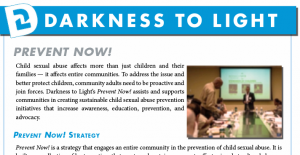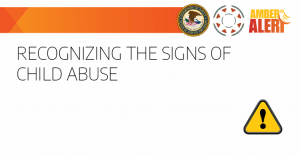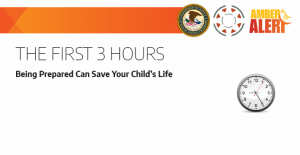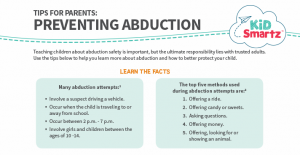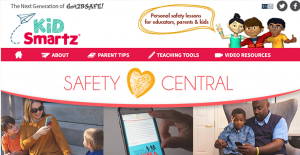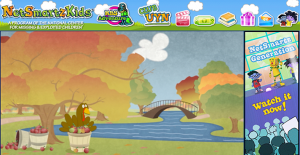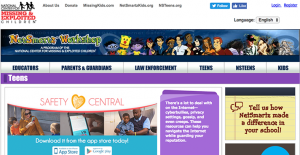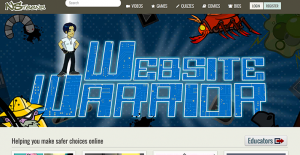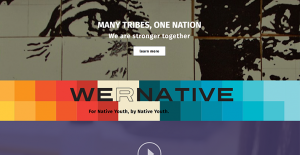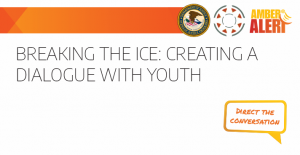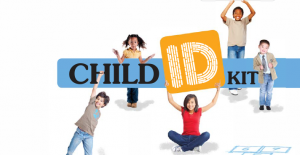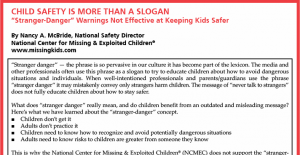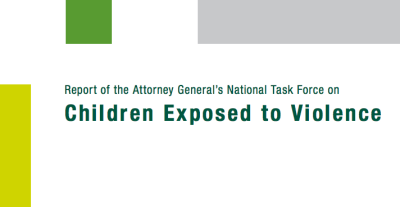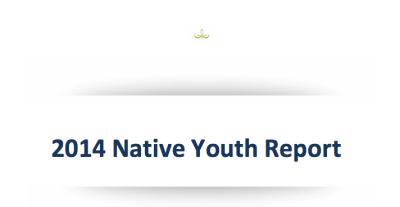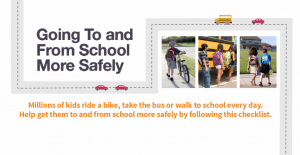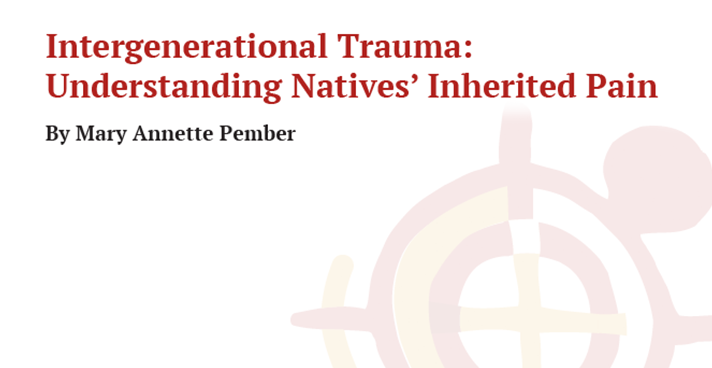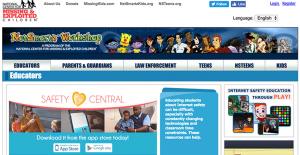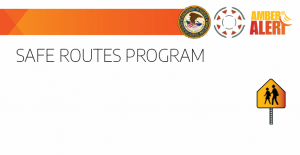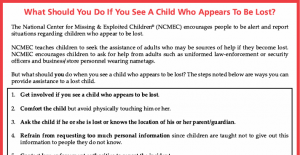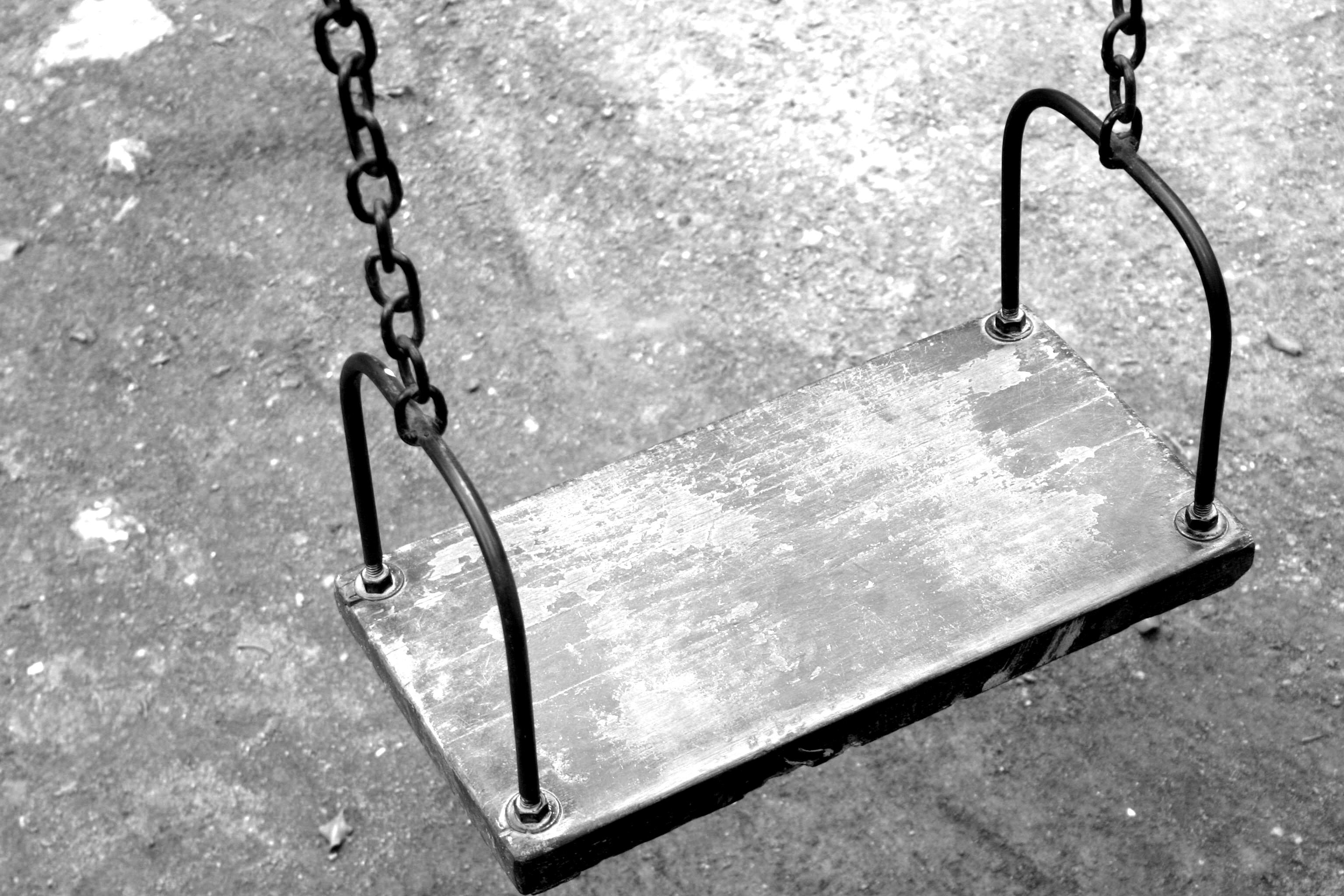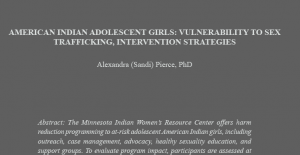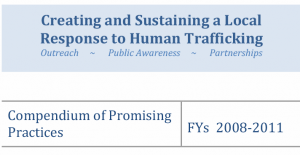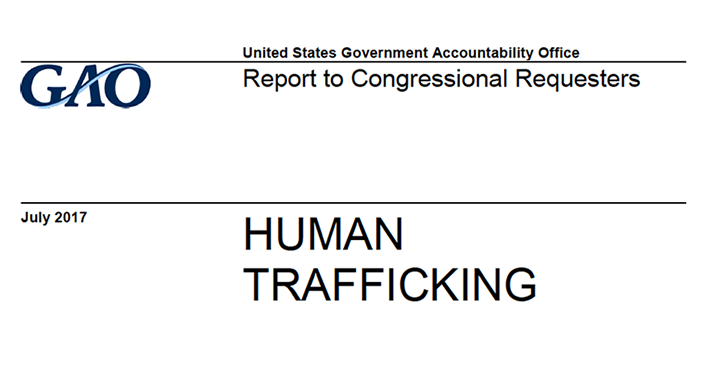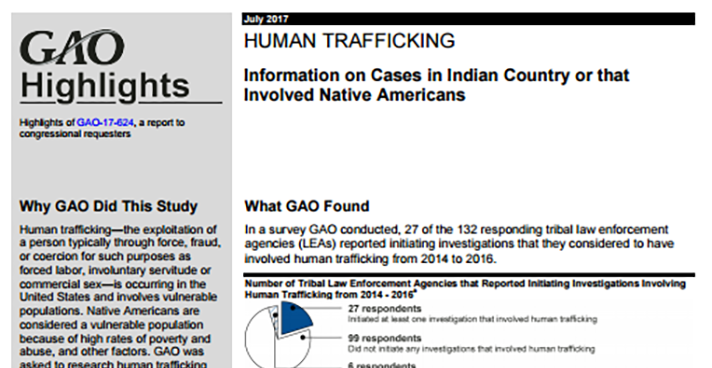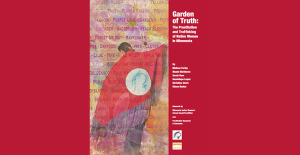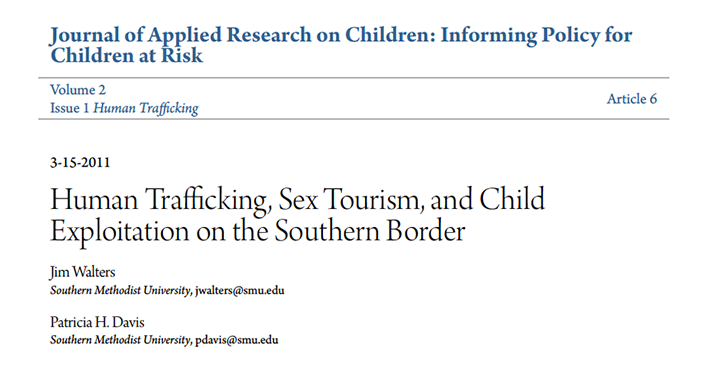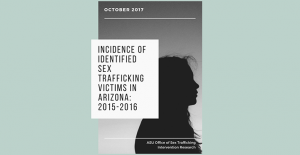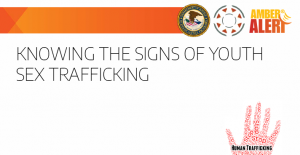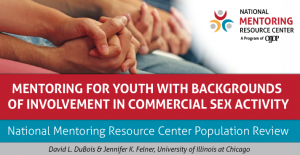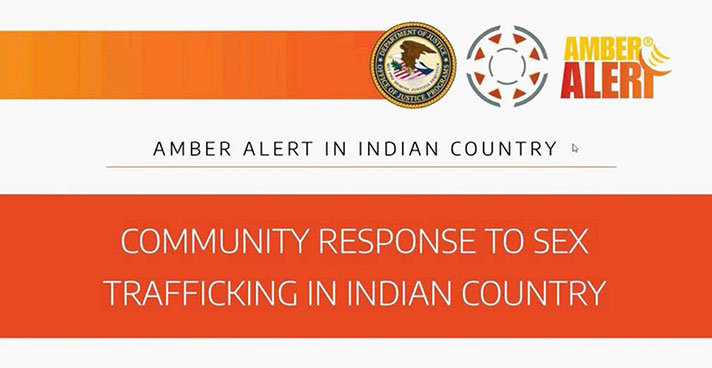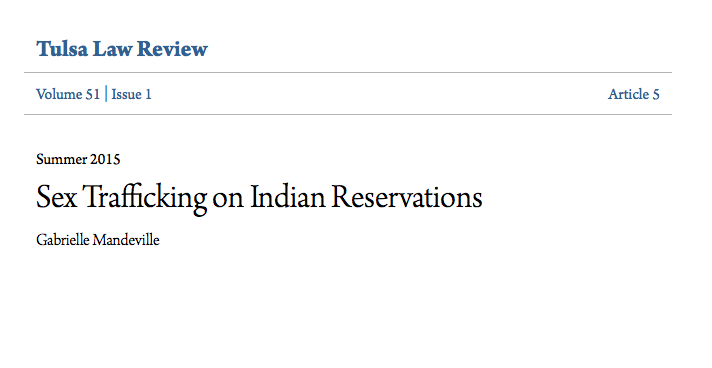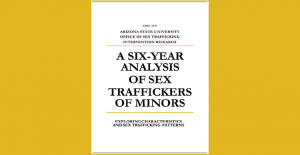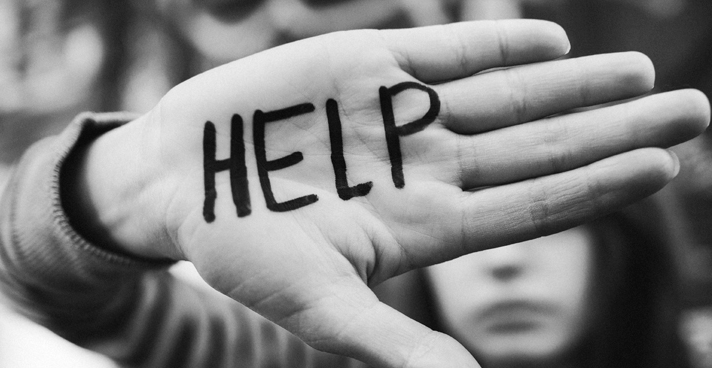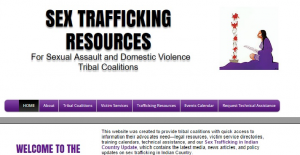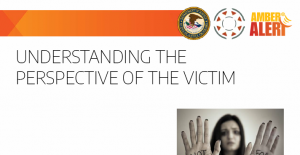Recent AMBER Advocate Issues
Resources and Reports
Resource Categories
Law Enforcement
AMBER Alert Best Practices
This resource provides an overview of the AMBER Alert Program. It provides detailed information on the role of AMBER Alert in general, its role with the media, and how the program can be improved. Law enforcement, parents, youth workers and other community members should refer to this guide to learn the best ways to engage the AMBER Alert program in times of need.
American Indian/Alaska Native Youth & Status Offense Disparities: A Call for Tribal Initiatives, Coordination & Federal Funding
A brief from the Coalition for Juvenile Justice, written by Jonathan Litt, Policy & Field Relations Associate at the Coalition for Juvenile Justice, and Heather Valdez Singleton, Program Director at the Tribal Law and Policy Institute: American Indian/Alaska Native Youth & Status Offense Disparities: A Call for Tribal Initiatives, Coordination & Federal Funding
Best Practices to Address Community Gang Problems
This resource provides information on gang problems in the community as well as gang prevention methods and models that can be used to implement gang prevention initiatives. All of the information and advice provided in the resource is backed by research on juvenile delinquency and gang activity. While this is a complicated topic, this resource provides strategies and ideas to ease communication between law enforcement and the community on gang problems that may arise.
Criminal Jurisdiction in Indian Country – The Solution of Cross-Deputization
This resource analyzes the issue of criminal jurisdiction in Indian Country. It includes roadblocks that occur during cross deputization, disputes over crossing legal borders, and the urgency of having a strong law enforcement presence in Indian Country. Using jurisdictional complexities in Michigan as the example, this can be a good resource for law enforcement workers and the community as a whole when discussing or grappling with border issues and police presence in Indian Country.
Forming Relationships with Youth in the Community
Often times, it is difficult for members of law enforcement to form a positive, meaningful relationship with youth in the community. This resource provides tips and takes the focus off of changing youth attitudes, and focuses more on what law enforcement officials can do to bridge the gap.
How to Start a Tribal Police Athletic/Activities League
In this resource, you will learn everything you need to know about starting your very own Tribal Police Athletic/Activities League in your community. It includes information about what National PAL does, activities you can run, the steps necessary to get started, as well as a set of sample by-laws that you can use to form your very own chapter.
How Your Tribal PD Can Get Involved in Youth Programs
In many communities, law enforcement officials have a hard time connecting with the local youth. This resource provides proven ideas that law enforcement members can use to become more visible in their community, especially with youth development programs.
Investigative Checklist for First Responders
The resource, developed by the National Center for Missing & Exploited Children® (NCMEC), provides a detailed checklist for first responders, supervisory officers, and investigative officers after a child goes missing or is abducted. It details each step that must be taken when launching a recovery effort, and can lead to a successful recovery when utilized properly.
Protecting At-Risk Tribal Youth Pocket Guide
This booklet is designed to help tribal communities determine when a child is at risk for developing problem behaviors or being victimized. Inside, you will find descriptions and ways to identify six key issues that pose the biggest threat to tribal youth today.
Parents & Community Members
Child Protection FAQ
Meant for parents and members of the community, this resource will cover how you can assist law enforcement officials with a missing persons case. While the role is limited if you are not a member of law enforcement, there are things you can do to assist especially if you are the one reporting the missing or abducted child.
Community Based Prevention
This resource provides information on gang problems in the community as well as gang prevention methods and models that can be used to implement gang prevention initiatives. All of the information and advice provided in the resource is backed by research on juvenile delinquency and gang activity. While this is a complicated topic, this resource provides strategies and ideas to ease communication between law enforcement and the community on gang problems that may arise.
Missing Child Emergency Response Reference Guide for Families
The National Center for Missing & Exploited Children® (NCMEC), in conjunction with OJJDP, created this resource to reference during an emergency response to a missing or abducted child. It serves as a checklist that makes it easy for the families of a missing child to take all of the necessary steps they can to aid law enforcement and enable a successful recovery.
National vs. Native Missing Youth
Thanks to many dedicated organizations such as the National Center for Missing & Exploited Children® (NCMEC), we have relatively accurate statistics and figures concerning missing and abducted children. However, Native youth are disturbingly underrepresented in these statistics, even though we can safely assume the number is much higher. This resource compares non-Native and Native missing child figures side-by-side to show just how often missing Native children don’t get properly reported, and hopefully to inspire the creation of a centralized reporting system specifically for these missing children.
Prevent Now
Darkness to Light’s Prevent Now! workshops support communities in creating sustainable child sexual abuse prevention initiatives. Review this resource to learn more about how this program can help your organization and community prevent, recognize, and react responsibly to child sexual abuse.
Recognizing the Signs of Child Abuse
There is a direct correlation with child abuse and cases of abductions and exploitation. This resource seeks to equip you with the skills to recognize when a child is being abused, but to also inspire further exploration into what you can do to prevent this from happening in your community.
The First 3 Hours
What do you do if you find yourself in the situation of a missing or abducted child? Did you know that after the first 3 hours of a child going missing, the chance of a successful recovery drops significantly? In this resource, you will learn best practices for responding to a missing child case, as well as prevention strategies to stop them before they happen.
Tips for Parents: Preventing Abduction
This resource functions as a one-pager for both parents and youth workers for information on preventing child abduction. The one-pager is broken into two sections; “Learn the Facts” and “Take Action.” “Learn the Facts” provides a brief overview on abduction attempts and methods used to abduct children. “Take Action” provides teaching instructions to initiate dialogue on abductions as well as actions to take should an abduction occur.
Youth
FBI Safe Online Surfing Internet Challenge
Safe Online Surfing is an interactive game which is operated on the FBI website. Geared towards youth in third to eighth grade, players follow a range of characters based on their grade to go on an adventure to learn safe internet habits! While fun and entertaining for youth, the site allows educators to sign their school up where they will gain access to curriculum that meets state and federal internet safety mandates.
Interland
Interland is a fun, interactive game that encourages safe internet habits. It can be played by children of all ages, and is part of Google’s “Be Internet Awesome” campaign. It takes the player through a series of lands where they face the “bad guys,” which are: phishers, hackers, bullies and over-sharers. With Interland, children will be able to grasp the many dangers associated with the internet and how to avoid them in a fun and engaging way!
Kidsmartz
KidSmartz, developed by the National Center for Missing & Exploited Children® (NCMEC), is a child safety program. Whereas NetSmartz focuses primarily on internet safety, KidSmartz takes a broader approach to address general safety concerns that affect our youth. It includes tips for parents, teaching materials, as well as video resources that can be accessed directly by youth!
Netsmartz Kids
NetSmartz Kids is the perfect way to get kids ages 5-10 involved in learning about internet safety. It has games, videos, music, and more to engage them in this important topic. The materials here can be used to run a program at your Club or school, or can be accessed directly by kids on their own!
NetSmartz Teens
NetSmartz Teens, part of the main NetSmartz website, provides teens with links to different entertaining and informative outlets regarding internet safety. With a focus on cyber bullying, this website gives teens the opportunity to report incidences of cyber bullying, play an interactive role playing activity to reflect on their internet safety habits, watch informative and entertaining videos, and gain access to a student project kit.
NSTeens
NSTeens is a great way to engage youth between the ages of 8-12 in learning about cyber bullying and online privacy. It covers topics that may be considered more mature than the ones covered in NetSmartz Kids, but nevertheless is vitally important to share with this age range. It includes resources such as videos, web comics, games, quizzes, and more!
We R Native
We R Native is a resource specifically for Native youth. It was developed to provide them with a multitude of resources for their physical, mental and emotional health. Additionally, it provides in-person support to Native youth through the Ambassador program, as well as having a monthly contest that Native youth, especially teens, can participate in!
Youth Workers/ Child Advocates
Breaking the Ice
In this resource, youth professionals will learn how to approach difficult conversations with youth in their programs. Some youth may choose to confide that they were abused at home with the professionals at their afterschool program if they have no one else to talk to, so it is important to be equipped with the skills necessary to handle such a situation.
Child ID Kits (English and Spanish versions)
If anyone ever finds themselves in the worst case scenario of a child going missing or being abducted, they must know a myriad of facts to share with law enforcement officials to ensure a successful recovery. One of the best ways to have all of the necessary information in one place is to complete a Child ID Kit, developed by the National Center for Missing & Exploited Children® (NCMEC). It includes fingerprints, emergency contact info, physical and distinguishing characteristics, and more. It is better to be prepared if the worst ever happens, and having a Child ID kit is one of the best things you can have handy.
Child Safety is More Than a Slogan
This resource from the National Center for Missing & Exploited Children® (NCMEC) explains how “stranger-danger” has become an increasingly complicated idea for children to conceptualize. Children often struggle with understanding of who is considered “good” or “bad.” The article grapples with the reality that if adults are not always able to identify “bad” people, it unrealistic to believe that child will be able to make that distinction.
Going to and From School Safely
This resource, developed by the National Center for Missing & Exploited Children®, provides children and parents with helpful tips when traveling to and from school. It lists in bold for children, the “do’s and don’ts” when traveling back and forth. For parents and youth workers, it guides them through a list of way to ensure their children’s safety when traveling back and forth from school.
NetSmartz for Educators
NetSmartz for Educators, part of the main NetSmartz website, provides resources for teachers and afterschool program staff to teach NetSmartz in their curriculum. There are lesson plans, training programs, a student project kit, and more that you can use to teach your youth about internet safety.
Protecting Tribal Youth From Abduction
Today, tribal youth face some of the biggest threats to their health, wellness, and safety. These threats could further lead to children going missing or child abduction. Becoming more aware of the signs tribal youth might exhibit when they need help could greatly help diminish these threats.
Safe Routes Program
This resource is meant to inspire collaboration between parents and youth workers, school officials, law enforcement, and other community members to keep their children safe. This program guide is for parents and their community partners to work together with the child to map out a “Safe Route” in the community. This Safe Route is a path that the child can follow to get from one point in the community safely to another. In the worst-case scenario of a missing child, parents and the community can use the Safe Route to launch the recovery effort.
What Should You Do If You See A Child Who Appears To Be Lost?
This resource from The National Center for Missing & Exploited Children® (NCMEC) lists the steps and ways you can provide assistance to a lost child. NCMEC teaches children to seek the assistance of adults who may be sources of help if they become lost, but what should you do when you see a child who appears to be lost?
Sex Trafficking: Awareness, Prevention & Response
2014 Las Vegas Sex Trafficking Case Study
This report provides a one-year snapshot of sex trafficking cases developed by the Las Vegas Metropolitan Police Department’s Vice & Sex Trafficking Investigations Section.
Warning:
This report contains strong language which might be offensive to the reader. Descriptions and comments reflect statements and experiences of victims of child sex trafficking and should be taken in that context.
2017 Youth Experiences Survey
The Youth Experiences Survey (YES) (4-year study) has been given to a complex and difficult population to assess. Homeless runaway young adults (ages 18 to 25) are difficult to find and can be difficult to engage and there is limited knowledge about their needs and experiences. Given to homeless young adults in both Phoenix and Tucson, Arizona through a small web of homeless youth-targeted service providers. Findings have helped to provide insight to service providers and the community about the challenges and needs of Arizona’s homeless young adults.
A Human Rights Report
This resource looks specifically at human trafficking data found within Oregon Natives. The report takes a look at whether federal, state, and local government officials are meeting their obligations under international, national and state law in prosecuting traffickers, protecting survivors, and preventing trafficking as it involves the Native population in Oregon. The main research done in this report was focused on conducting interviews, distributing surveys to county sheriffs, and engaging in independent legal research. There is a simple definition of human trafficking described to lay the groundwork for the research.
American Indian Adolescent Girls: Vulnerability to Sex Trafficking, Intervention Strategies
This resource discusses the exposure Native girls have to sex trafficking as well as suggestions for prevention. Here you will find a brief history on the sexual exploitation of young Native girls as well as statistics comparing their exploitation to other nationalities in the US. Research included in this text is presented in a way that displays the issue and also steps or actions that have been made as the result of the findings. The findings lead into round table discussions, risk assessments, participant feedback, support groups, and follow up data. The results display a need for follow up data in other native communities because the bulk of this research was only done in a few geographic areas.
Creating and Sustaining a Local Response to Human Trafficking
This resource offers a compilation of promising practices, ideas and recommendations beneficial for public awareness of human trafficking and identification of victims of human trafficking nationwide. Within this resource different programs that have been granted as rescue and restore programs have been identified along with their websites and contact numbers.
Garden of Truth: The Prostitution and Trafficking of Native Women in Minnesota
Since Native women are at exceptionally high risk for poverty, homelessness, and sexual violence which are elements in the trafficking of women, and because the needs of Native women are generally not being met, and because prostituted women are at extremely high risk for violence and emotional trauma, our goal was to assess the life circumstances of Native women in prostitution in Minnesota, a group of women not previously studied in research such as this. We assessed their needs and the extent to which those needs are or are not being met.
Incidence of Identified Sex Trafficking Victims in Arizona: 2015 and 2016 (2017 Report)
The purpose of this study is to create a community driven incidence number of sex trafficking victims upon which the Arizona anti-sex trafficking community can build response services. This incidence number was developed by active participation from 36 Arizona-based organization to be used as a benchmark to track changes over time in Arizona.
Knowing the Signs of a Trafficking Victim
Human trafficking is a prolific issue that our society faces today, but it is especially true for Native reservations. As a law enforcement official or other member of the community, it is important to understand the signs of a trafficking case. This resource provides some insight into the signs, as well as some prevention tactics that can be used to stop trafficking before it happens.
Mentoring for Youth with Background of Involvement in Commercial Sex Activity
The review offers insights and recommendations for practice based on currently available knowledge. This information is crucial to those who participate in mentoring youth because of the serious and potentially life-threatening negative health outcomes and experiences that can come from young persons involved in commercial sex activity (YCSA).
Six Year Analysis of Sex Trafficking of Minors (2017)
Sex trafficking is a pervasive national problem in the United States. Media reports indicate that sex trafficking occurs in both rural and urban areas with victims who are children and adults, of any gender, race, and sexual orientation. This study uses a systematic search method to determine the incidence of arrests for sex trafficking of a minor in the United States from 2010 to 2015.
Understanding the Perspective of the Victim
While it is important to understand the signs of a trafficked individual, understanding their perspective is just as important when working on a case. The information presented here is meant to give law enforcement officials insight into the experiences of a trafficking victim, including how they got involved in the first place, to better equip them to dealing with trafficking cases.

